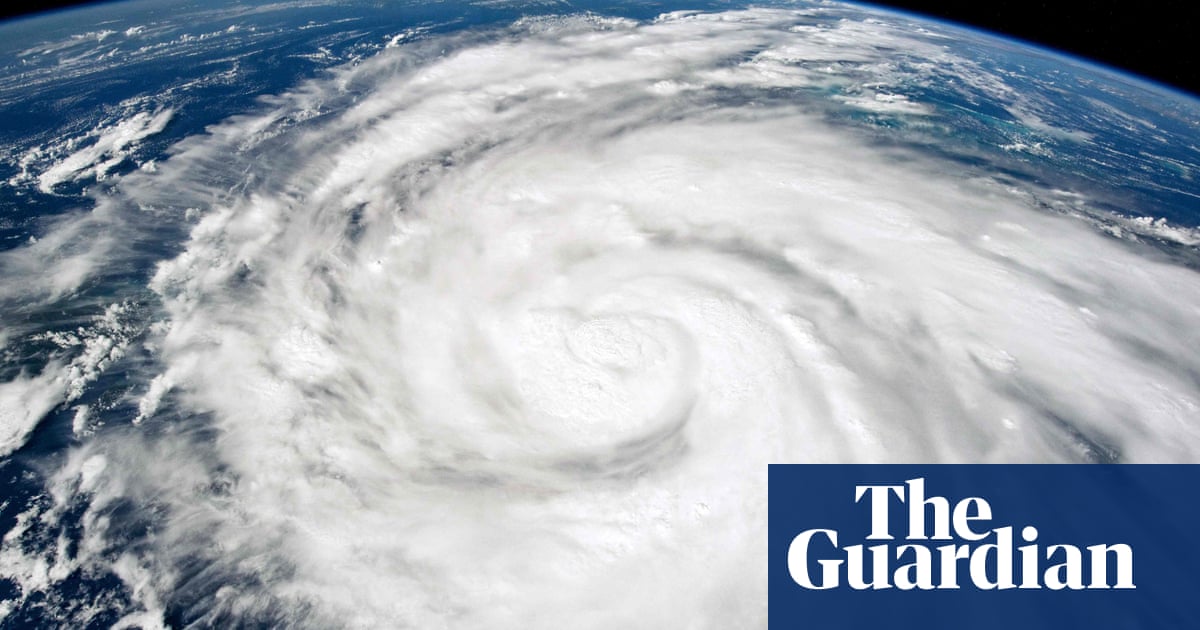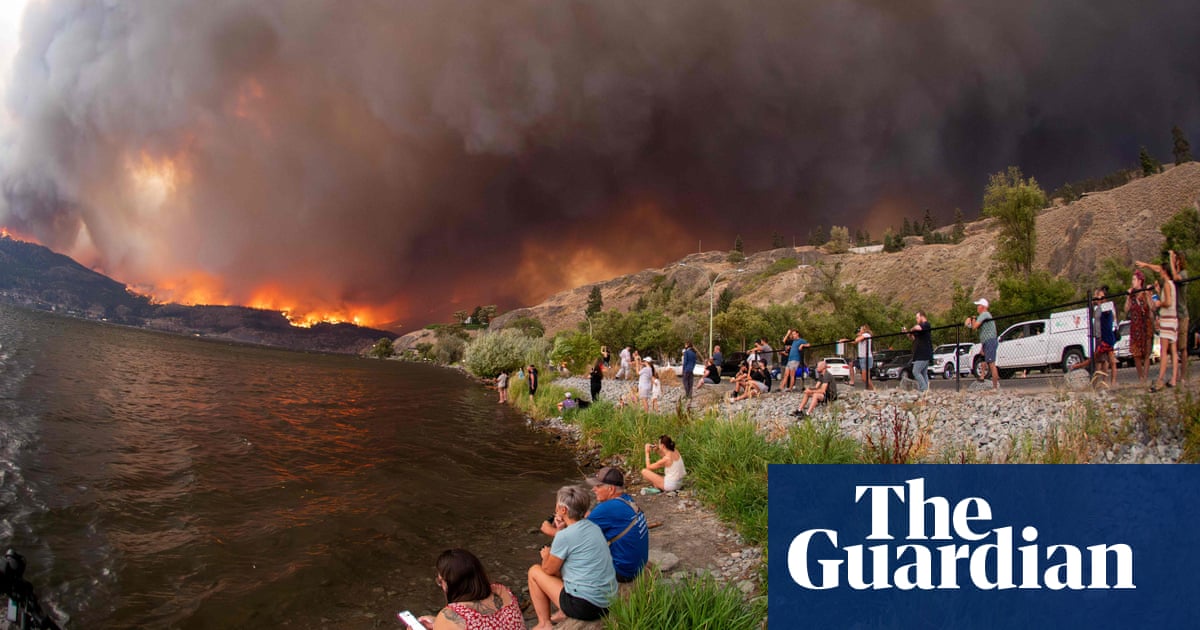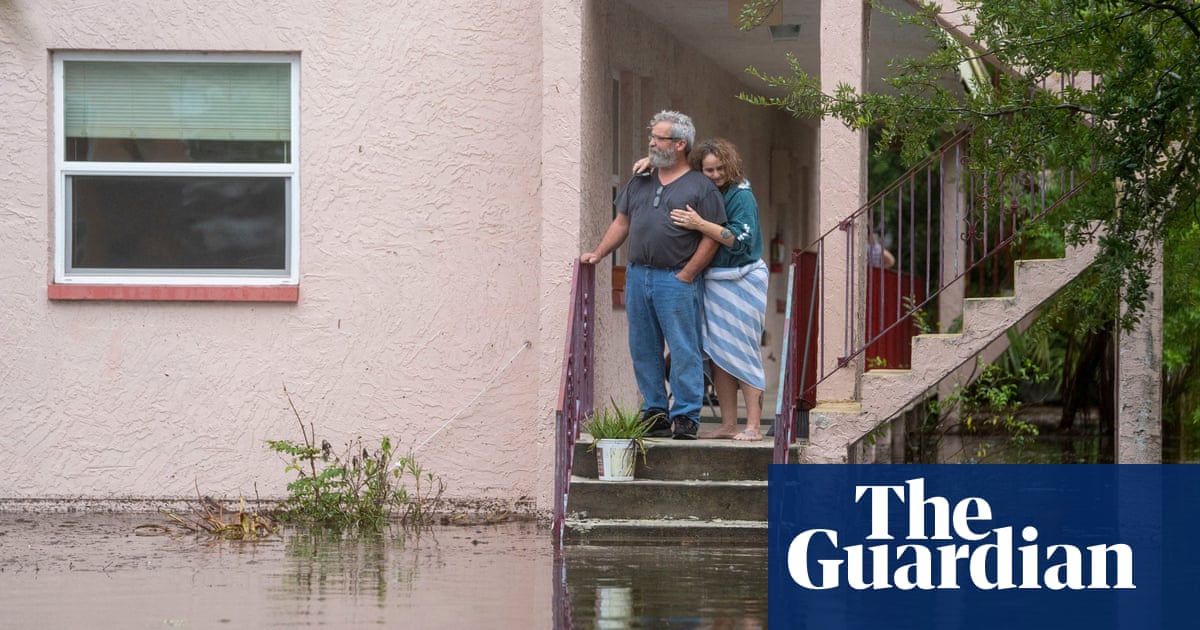
The US endured a particularly painful year as communities wrestled with the growing impacts of the climate crisis, with 18 major disasters wreaking havoc across the country as planet-heating emissions continued to climb.
Storms, floods, wildfires and droughts caused a total of $165bn in damages in the US last year, $10bn more than the 2021 total and the third most costly year since records of major losses began in 1980, according to new US government data.
With 18 disasters costing at least $1bn in damages, 2022 was only marginally behind 2020 and 2021 in terms of the number of severe events. A total of 474 people died last year from these major calamities, the annual report found.
Last year was “part of a trend of hyperactive disaster years across the US”, said Adam Smith, an applied climatologist at the National Oceanic and Atmospheric Administration (Noaa), which released the data. Since 2016, there have been 122 separate billion-dollar weather and climate events that have, in total, killed more than 5,000 people and caused more than $1tn in damages.
“We are seeing several trends of climate-enhanced disasters,” said Smith, noting that the US is seeing longer, more intense wildfire seasons, severe rainfall events and the sort of huge, category four and five hurricanes in the past few years that Noaa has not documented before in its historical record, which stretches back to 1851.
“It does not seem likely that these trends will reverse,” Smith said. “Perhaps we need to be more prepared for a future that has rapidly become our present.”
While the US has always previously experienced phenomena such as floods and wildfires, scientists have repeatedly found that global heating is supercharging these impacts by causing more intense bursts of rainfall from a warming, moisture-laden atmosphere while also drying out tinderbox-like vegetation in places such as California.
There is evidence that the climate crisis is also amplifying the strength of hurricanes that slam into the eastern states, such as Hurricane Ian, which became the deadliest storm to hit the US since Hurricane Katrina when it barreled into Florida in September. Ian was also the third costliest hurricane on record, according to Noaa, causing $112.9bn in economic damages.
The figures do not include the costs of all extreme weather, including heat, which last year was linked to hundreds of deaths just in Phoenix, Arizona, alone.
In recent decades, national and local authorities have made some advances in forecasting dangerous conditions, evacuating people and building more resilient infrastructure to withstand such impacts.
But the Noaa report sketches out a situation where the escalating disasters wrought by the climate crisis are outpacing the response – in the past six years there were just 18 days on average between billion-dollar disasters, compared with 82 days in the 1980s, hampering the country’s ability and resources to recover and prepare.
There was an upwelling of hope last summer that the US was starting to confront the causes of the climate crisis, with the passage of the Inflation Reduction Act, which will push at least $370bn to ramp up renewable energy projects and encourage people to ditch gasoline-powered cars and polluting appliances at home.
But the challenge continues to grow, with planet-heating emissions in the US rising by 1.3% compared with 2021, new figures have shown. The uptick in emissions largely came from an increase in energy use in buildings and a rise in jet fuel use as air travel extended its rebound following the start of the Covid-19 pandemic.
Scientists say emissions must be cut in half this decade globally, and be zeroed out entirely by 2050, if the world is to avoid catastrophic climate impacts. Rhodium Group, the research house which released the new emissions figures, said that the rise in 2022 was slightly more encouraging than the rebound in carbon pollution in 2021, which was larger and also outstripped overall economic growth.
“We are moving in the wrong direction although there is some hope that we can reduce the carbon intensity of our economy,” said Kate Larsen, a partner at Rhodium. Larsen said it was encouraging to see the retirement of coal plants in the US, as well as an expected burst of clean energy projects spurred by last year’s climate legislation that could result in an emissions drop this year.
“It feels like 2023 is set up for a year of much more significant emissions reductions that will only accelerate as the incentives kick in,” she said.
“The uncertainty is how quickly and efficiently the US government can move those credits and how quickly the clean energy industry can get shovels in the ground. Rather than just shutting down coal plants we need to build new things, which is a challenge.”












